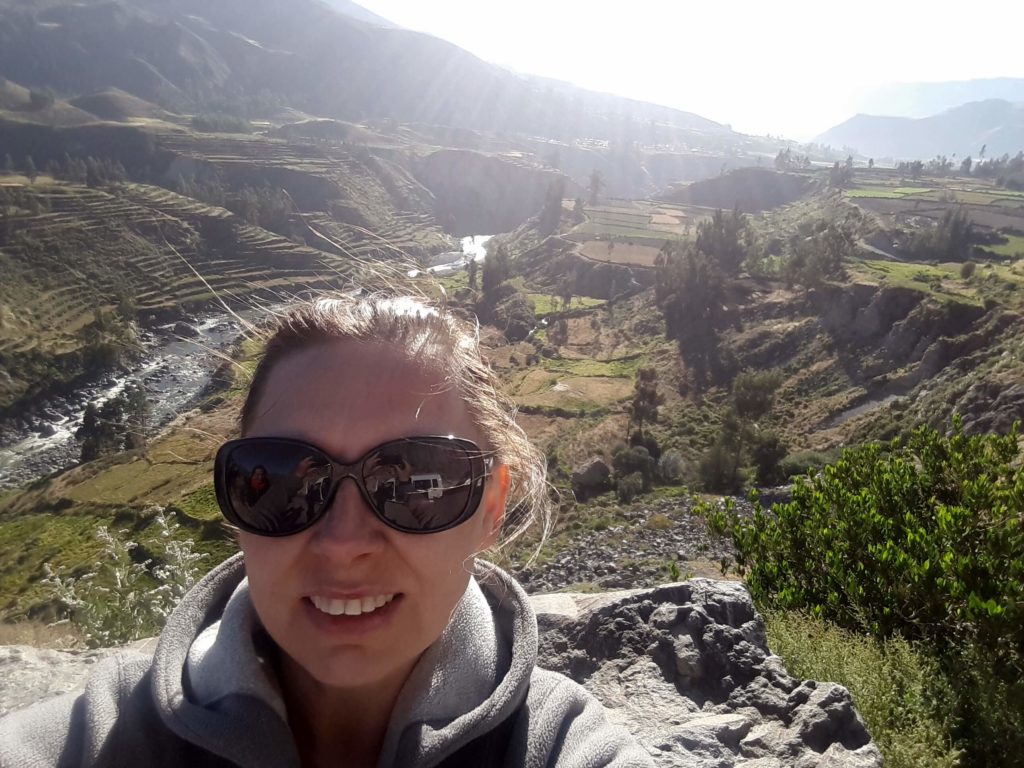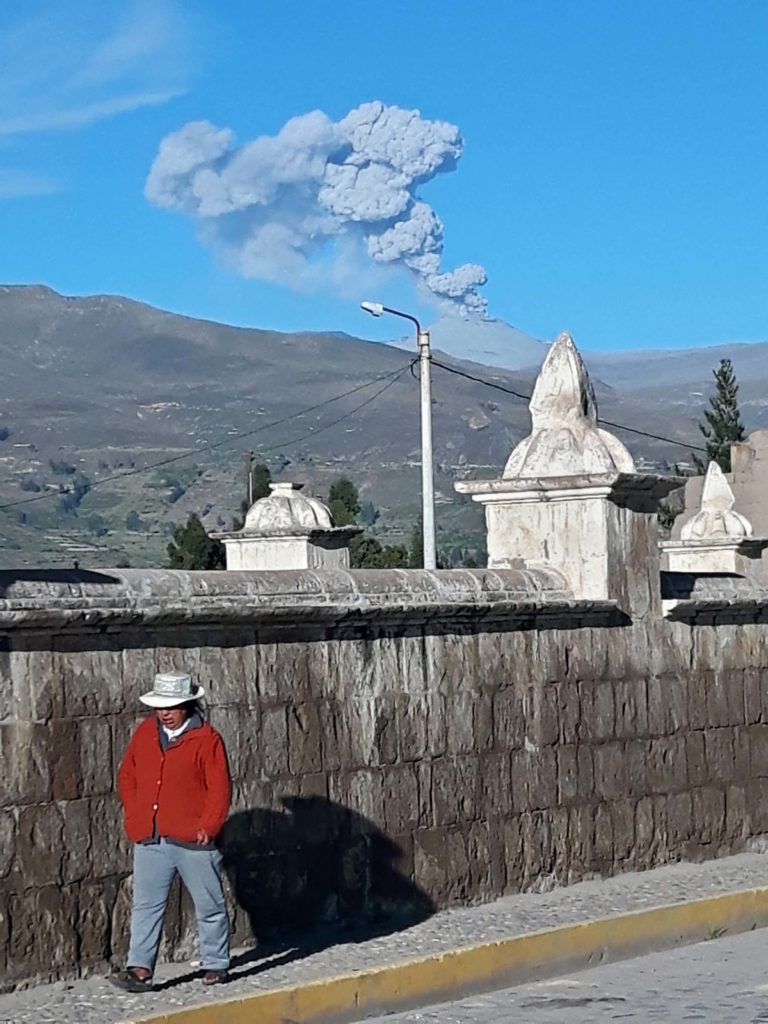Colca Canyon, Peru, April 2017

Colca Canyon is a place where you can recharge your batteries. It's here, the condors fly overhead. I was lucky - the currents were good, the youngs were learning to fly and the views were breathtaking.
The canyon is located about 100 km to the northwest of the beautiful Arequipa. Its walls rise from the left to over 3,200 m above the river level, while to the right - 4,200 m. According to many sources, it is considered the deepest in the world (it is twice as deep as the Grand Canyon in the USA). It stretches for 120 kilometers, and the difference in levels between its inlet (3050 m above sea level) and the outlet (950 m above sea level) is 2,100 m. The bottom of the canyon is covered with boulders and devoid of vegetation.
We can not ignore the fact that the Poles were the first to cross the canyon in 1981 and thus discovered it for outside the Peruvian world. Every guide mentions this, and we can proudly say that they are our countrymen.

If we want to get to the canyon, it ts necessary to leave Arequipa the pale dawn. The condors can be seen until noon - then it's too hot and the currents are not carrying so well.
On the way we stopped in the town of Yanque - young girls, sleepy yet, dance for tourists. Lazy place. Nothing special, if it was not for the view of the active Sabancaya volcano from which smoke was hovering - a simple little eruption like that... a day likes every day. For me, however, it was an attraction. I saw the active volcano the first time.

We were going further along the gravel road. We barely passed by other vehicles. We could see the canyon - green, full of terraces - still pre-Incas. The Incas were very clever - by conquering other cultures, they had taken over the best solutions from them and then recognized them as their own. From here up to now the belief that the Incas were such genius - probably they were, because a fool would not be able to choose the most necessary, best solutions and inventions and assign them to himself.
Cruz de Condor 3450 m above sea level. Viewpoint - our aim. The condors have been already flying. We were in a hurry to be afraid that they would escape us.
The Great Condor (Vultur gryphus) is the largest predator on earth, with its wingspan of 320 cm and a weight of up to 15 kg, a female lays 1 egg every two years - and a young condor is hatching after about 60 days. They inhabit the woodless Andes area throughout all South America. They reach sexual maturity only at the age of 8-9 years, they probably live about 40 years. They go up to 90 k /h.

I haven`t thought that watching flying birds would be an amazing experience for me. But it was like that. I watched our guide raise her hands - as the condor flies over her head. It closed or if energy was drawn from them. Of course, I did the same. I actually opened my mind when I was concentrating, I felt the warmth and the current that came through me. Awesome. To the point that I did not even snap photos just looked and I wanted to get as much as possible from nature.
After 2-3 hours we started to gather. Our group, fortunately, did not want to soak the asses in hot springs, but preferred to walk along the canyon. And again the next amazing event - although I heard a normal for the local community - an earthquake. It was weird feeling. At some point, everything seems to be moving. From the bottom of the canyon dust began to rise. The guide shouted that we would leave the edge of the canyon - because stones are flying. It lasted only a moment, there was no damage. In the morning, they wrote in the newspapers that the quake had 4.2 on the Reachter scale.
Arequipa residents are not surprised. The neighborhood of an active volcano has accustomed people to frequent land movements. For them it was a day like every day.
